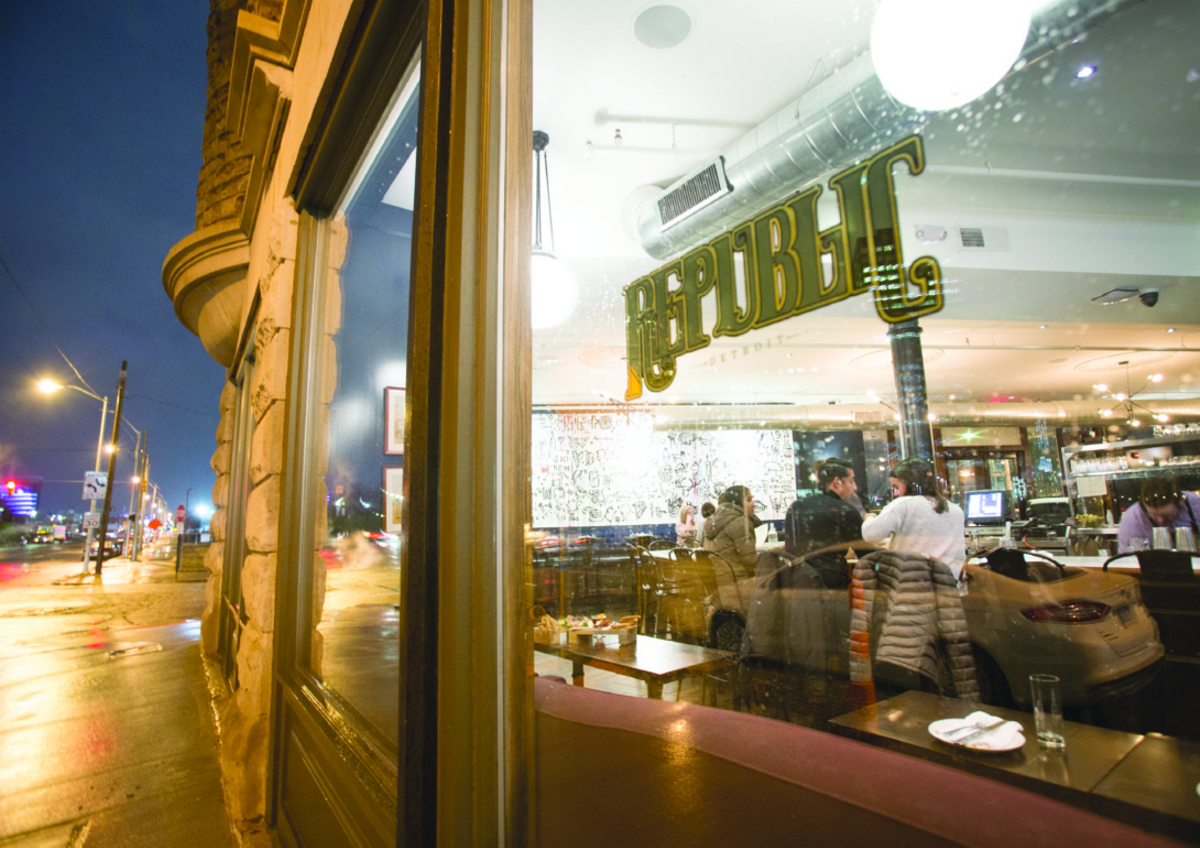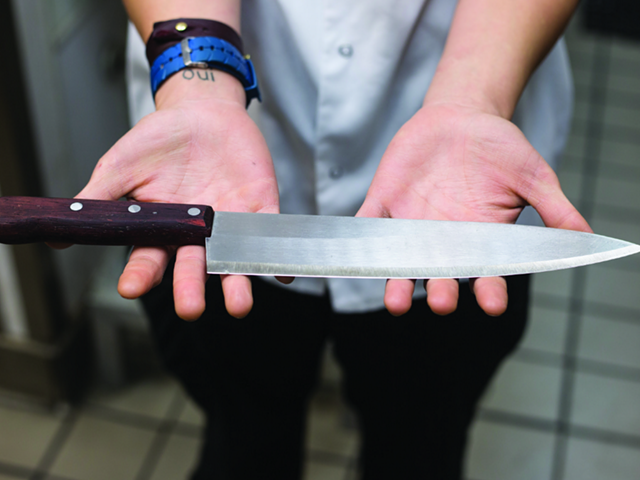For decades, Detroit's food scene was behind the times. With a few notable exceptions, it was a place where the fine-dining crowd was older, addicted to classics. They were almost uniformly more likely to pick a restaurant with a generous parking lot that served meat and potatoes, surf and turf, or spaghetti and meatballs with upscale inflections like waiters in tuxedos. Outside of that realm, the metropolitan area was a bastion of Big Food, where national chains prevailed, selling food-service portions to indifferent diners who washed it all down with industrially brewed suds.
What changed this state of affairs? Certainly the craft beer revolution, now entering its third decade, played a role. The locavore movement did its part to reward artisanal eateries that emphasized local ingredients. So did our regional willingness to take a second look at the central city, with its small- to mid-sized buildings ready for ambitious entrepreneurs to take a leap.
It has been years in the making. Locals often trace the beginnings of this food revolution to the opening of Slows Bar-B-Q in Corktown, which embodied many of these trends. Back in 2005, it was the only new restaurant along a stretch of Michigan Avenue that hosted venerable burger joints and one White Castle. Now that stretch of road is transformed, adorned with revamped diners, new restaurants, a high-end coffee shop, a wine bar, an artisan distillery, a deli, and more to come.
That new willingness to try luring fine diners has spread all over the metropolitan region. In something of a reversal, many of those new hotspots have been in the city, especially near downtown. This year saw the opening of Republic Tavern, the Bridge, Jolly Pumpkin, Chartreuse, Parks and Rec, and Vertical Detroit. But the suburbs have had their share of fresh openings, including Zeke's in Ferndale, Garrido's in the Pointes, Lucy & the Wolf in Northville, the Triple Nickel in Birmingham, ROAK Brewing in Royal Oak, and Mabel Gray in Hazel Park of all places.
We've also seen another trend that smacks of a serious food scene: Chefs or entrepreneurs opening up more than one restaurant, with Jacques Driscoll of Green Dot Stables and Johnny Noodle King working on his third spot, the Huron Room, and Dave Kwiatkowski of the Sugar House and Wright & Co. adding Honest John's to his portfolio (and soon Peterboro). We've even seen folks purchasing tired old eateries and gussying up their kitchen offerings, turning them into hits.
And it isn't just us taking notice of all this. This year, the fine-dining experts at Zagat named Detroit as a "Next Food City," and The New York Times ran a serious travel piece on Detroit chefs that actually seemed to take everything from the Cass Corridor to coney dogs seriously. Now, even Chicago chefs are trying to get in on the action with the hotly anticipated Grey Ghost. (It has generally been the other way around until now.)
As one observer of Detroit's fine-dining scene pointed out to us this year, perhaps it isn't front-page news any longer when a new restaurant opens. And that may not be a bad thing, as new eateries are preferring to do "soft openings" that give them time to work out the kinks before a dining cohort rife with critical Yelp reviews descend on them.
Just a decade ago, we might have mourned that our dining community was decades behind, but today we realize we always had what it took. Detroit's food scene always had what you call "great bones." We have Eastern Market, the largest historic public market district in the country. We have a strong tradition of ethnic food, from such well-known cuisines as Mexican to such offbeat fare as the food of Goa. We also have the creative young chefs ready to mine those cuisines for fusion food.
What were the magical ingredients that made it come to life? We hope to explore them in this guide. Among them are a new attitude in today's kitchens. At the very best restaurants, the culture is chef-driven, in which the managers and moneymen are sympathetic to a chef's goals. In many cases, it's more of a partnership between the investor or owner and the kitchen. Today's sous chefs are more likely to get a chance to strut their stuff too, thanks to supportive chefs and a hot pop-up dining scene. The way customers have warmed up to small plates helps drive creativity. A scene mired in classics, upscale trappings, and formality has suddenly let its hair down and is crazy about trying something new.
And that all reflects back on the very people who pick up a guide like this. Today's customers are much more sophisticated than they were a generation ago. They want it all. They want vegetarian, they want grand breakfasts, they want top-notch pastries, they want something that will surprise them and their palates.
For them, the good news is that there's never been a feast like this on offer. Dig in.






